Suikyo Today’s journey leads us into a very remote region in Nara prefecture. Most travellers in Japan know the city of the same name, with its beautiful temples, the grand Buddha statue, and deer running free in the park. However, we are going to a completely different part of the prefecture – a mountainous region, the origin of the tea known as “Yamatocha”.
We are meeting with Fumiaki, Luna and Yoko today. In the beginning, Suikyo was a family garden, which Fumiaki took over from his parents. His father had already converted the garden to organic farming when Fumiaki was a child, around 35 years ago. The new generation added further ideas, which – together with organic farming as a fundament – contribute to the special form of farming in the Suikyo tea garden.
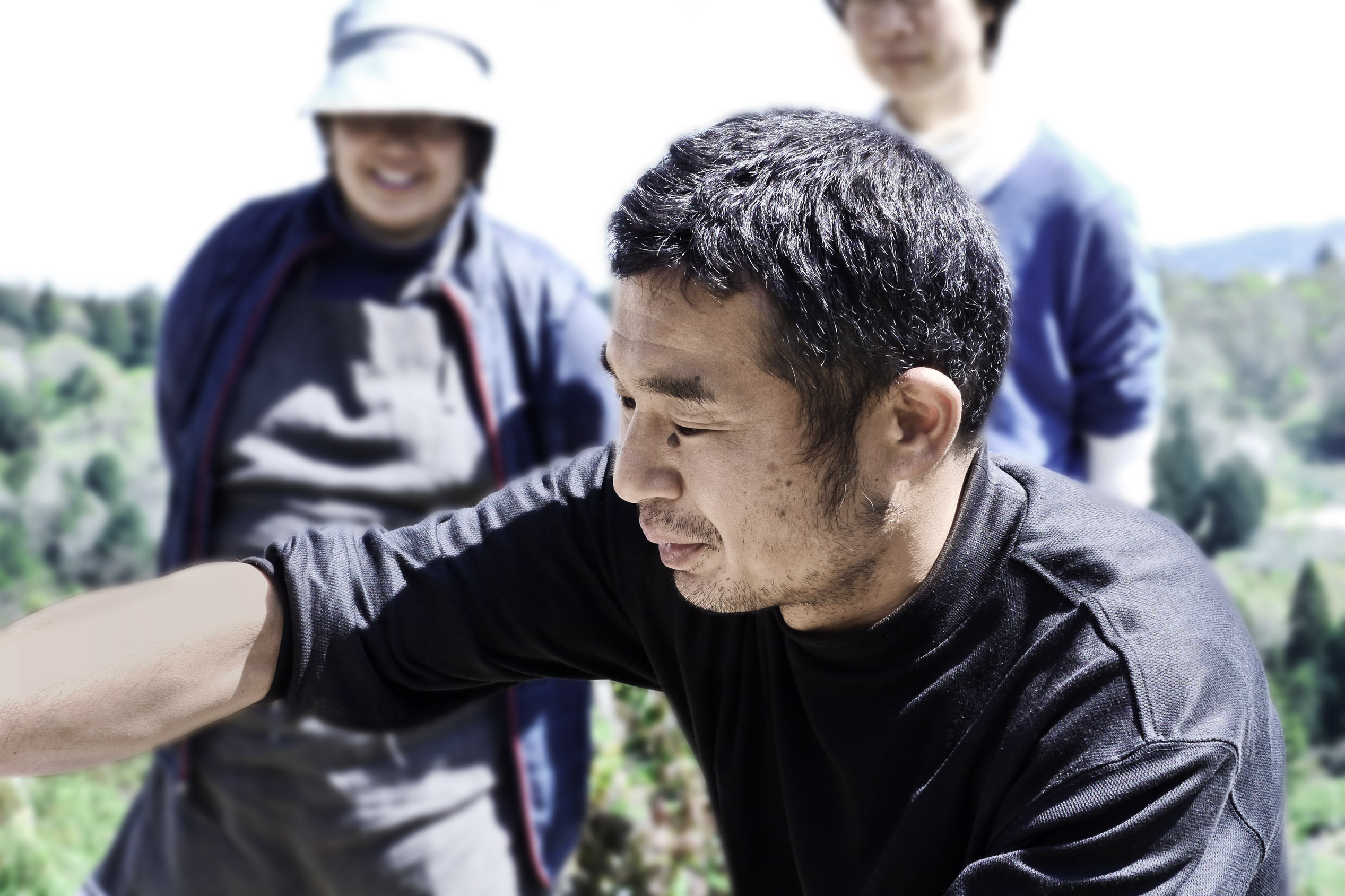
While the father had already started certified organic farming, he still used organic fertiliser as usual, among them fish meal. After his son Fumiaki had taken over the garden and dedicated himself more and more to the bushes and their detailed flavour nuances, he found out that his tea bushes, which were fertilised with the organic material they used up till then, took on parts of the flavour and smells of the fertilisers used. He found out that because of this tea fertilised with fish meal, which is quite common in Japan, therefore also shows fishy nuances in fragrance and taste.
For Fumiaki the natural taste of the tea leaves is the most important. So from then, step by step, he stopped using any kind of fertiliser of animal origin. Fumiaki thought carefully how he can adequately take care about the bushes. In 2005, he first started changing the fertilisers for the tea garden parcels which he used for producing black tea. Since then, he is using leaves from the surrounding forests and grass, which he is growing himself on special fields.
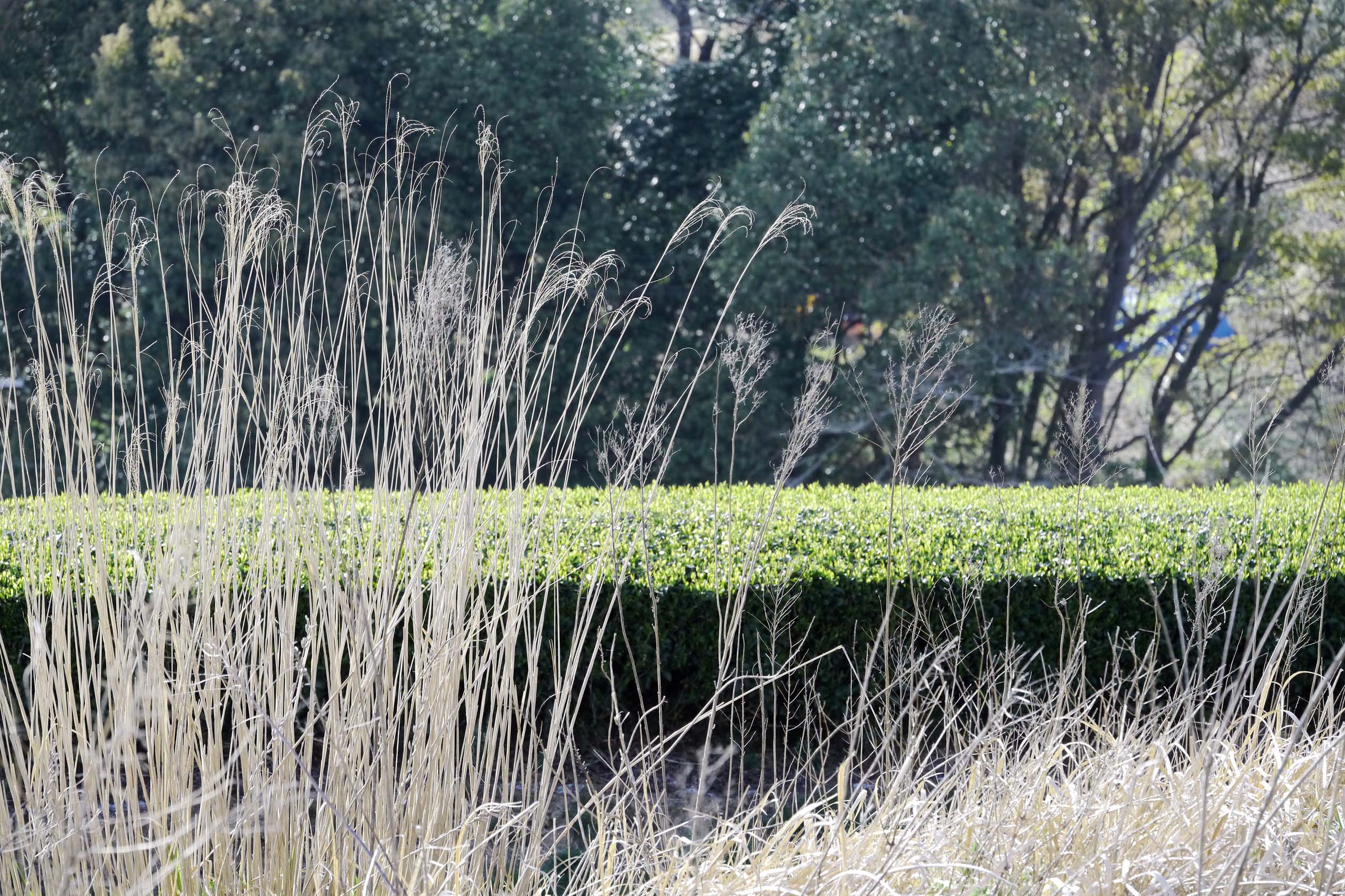
The amount of tree leaves and grass is not choosen randomly. Fumiaki calculates how much bio mass he takes from the eco system of the tea garden by harvesting the leaves of the tea bushes. And he gives back exactly that much. Fumiaki decided to use tree leaves and grass because they are most similar to tea leaves in their composition. Regarding the nitrogen in grass and leaves – probably the most important macronutrient in plant growing – he fertilises only about one seventh of the amount other producers do. However, grass and tree leaves contain much more other minerals and micronutrients than other common fertilisers.
After shifting to this way of fertilising, he noticed that some tea bush varieties developed an intense citrus scent, which Fumiaki could not perceive before. Of course in this extensive land cultivation harvest yields are far smaller than in other tea gardens. It is around 30-50% of the average production quantity. We also see this in the tea bushes: they are very strong and healthy but form much less new sprouts than we know from other tea gardens. Until 2011, the complete Suikyo tea garden was converted to this form of natural cultivation.
In our talk, Luna and Fumiaki emphasize that observing the tea bushes is very important for them. Contrary to the rather formalistic approach in conventional tea production, where certain intervals are set in advance, in which specific pesticides or fertilisers are applied, the Suikyo team is observing the plants, their growth, the taste of the leaves, the development of the roots, and the way and pace in which their grass and tree leaves fertilisers are turned into humus. In the beginning it still took very long but now it is very fast and almost changing right in front of your eyes. For good composting, the tea bush rows are cut with only very little space between them. This way, almost no sunlight reaches the ground and it stays humid even after several days without rain.
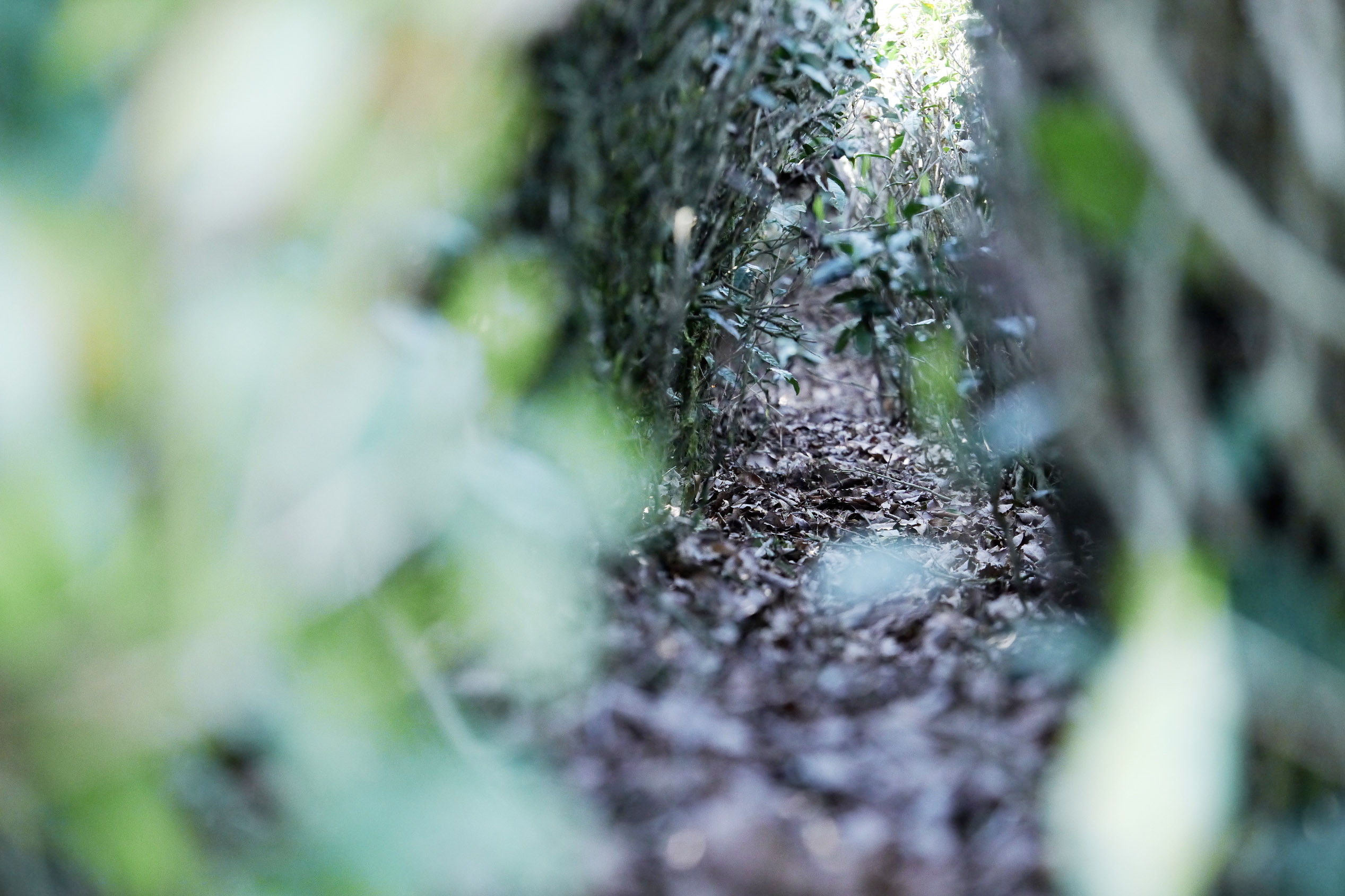
During the winter months, Fumiaki, Luna, Yoko, and the other members of the Suikyo team dedicate themselves to studies. They take classes and workshops about scientific soil analysis, but also about the topic of biodynamic cultivation methods. And they combine this theoretical knowledge with the observations in their tea garden.
The Suikyo tea garden is divided in parcels which they call tea gardens (Ochabatake) and parcels they call tea mountains (Ochayama). It is interesting that between the generations, different words are used: While the grandfather always talked about going to the tea mountain (Ochayama), with Fumiakis father it became normal to talk about going to the tea garden (Ochabatake). Tea gardens are areas that were flattened or straightened by humans. From the middle till the end of the 20th century, with the successive mechanisation of agriculture, many tea gardens were set up in a flat way, to make fertilisation and harvest with small machines possible. This process of straightening changed the soil structure. At the moment, there are still seedling-grown tea plants on the flat parcels in the Suikyo Garden. Their roots are rather shallow, which fits quite well to the man-made soil structure. The surface of the tea garden was enrichened with soil that is rich in humus, so that the shallow-rooted seedlings can reach the nutrients well. Seedlings, with their shallow roots that are reaching out horizontally, cannot reach deeper layers of soil, so the flat tea gardens of Suikyo are fertilised with grass and leaves and additionally rapeseed pomace, to ensure the bushes are nourished sufficiently.
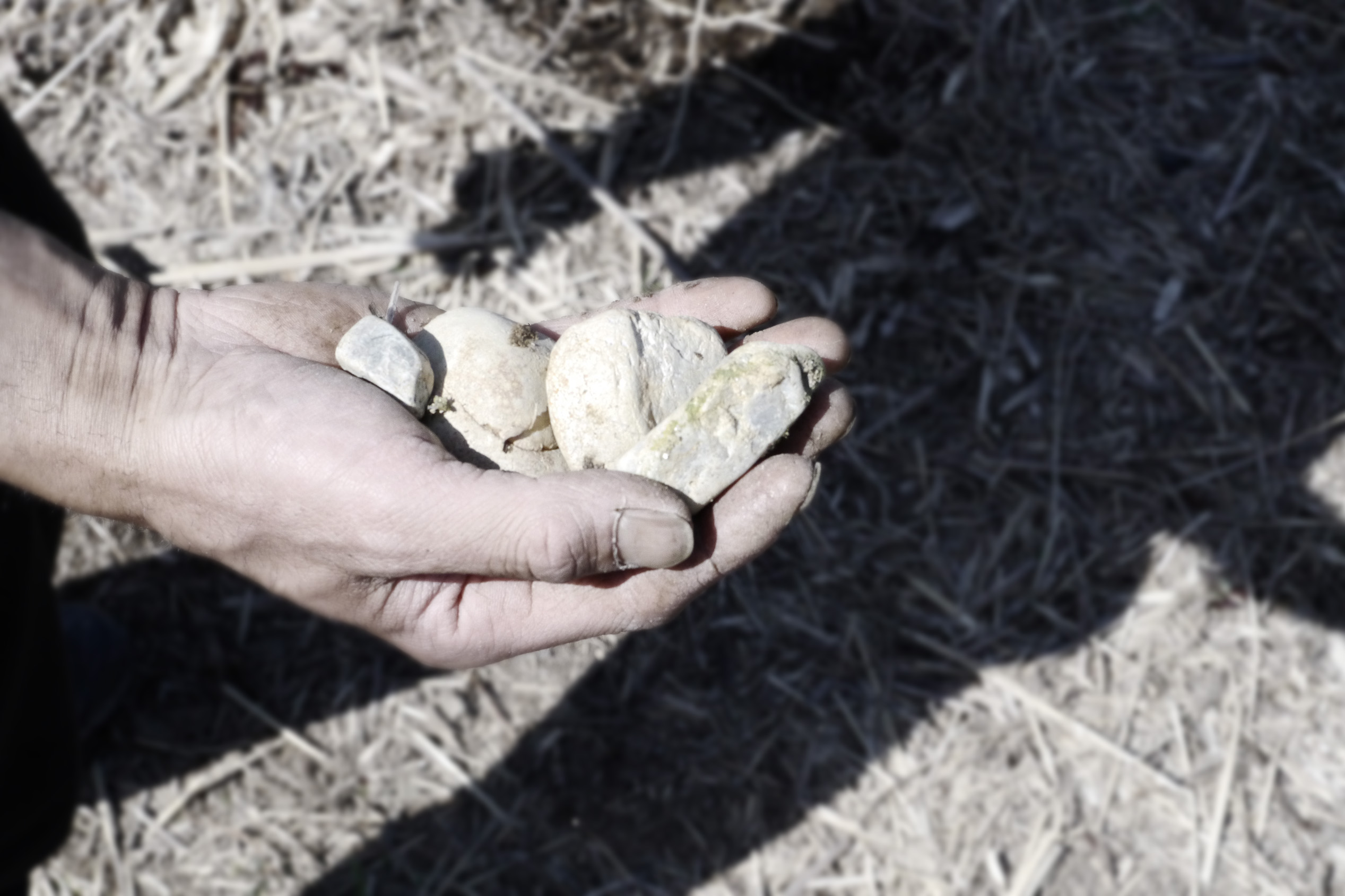
In the tea mountains of Suikyo the situation is completely different. Here the ground was not straightened and so the original soil structure was largely preserved. In “tea mountain” locations, at Suikyo, seed-grown plants are growing – yet this does not mean, that it is mainly regular Zairai, where the origin of the variety is completely unknown. No, at many tea mountain locations at Suikyo there are tea bushes which were grown from the seeds of specific varieties, that means Mishou tea plants, for example Mishou Sae Midori. They grow thick, downward growing taproots which enable the plants to reach very deep soil layers and access the nutrients there. Partly, there are some Zairai tea mountains but also quite many Mishou tea mountains. Some are over 50 years old, and one Zairai tea mountain is more than 100 years old. By the way, we have already talked about Mishou a little bit in our 2017 Japan tea travel blog.
To be precise, Mishou are plants from the seeds of, genetically seen, one single mother plant. They were pollinated with the pollen of various father plants, so characteristics of both parent plants are combined. So, Mishou plants are closely related but not completely identical. A bush of Mishou Sae Midori can be very similar to the variety Sae Midori, or less similar. By selecting the young plants, it is possible to influence a Mishou tea garden to develop stronger into the direction of a desired variety than it would happen by a random process.
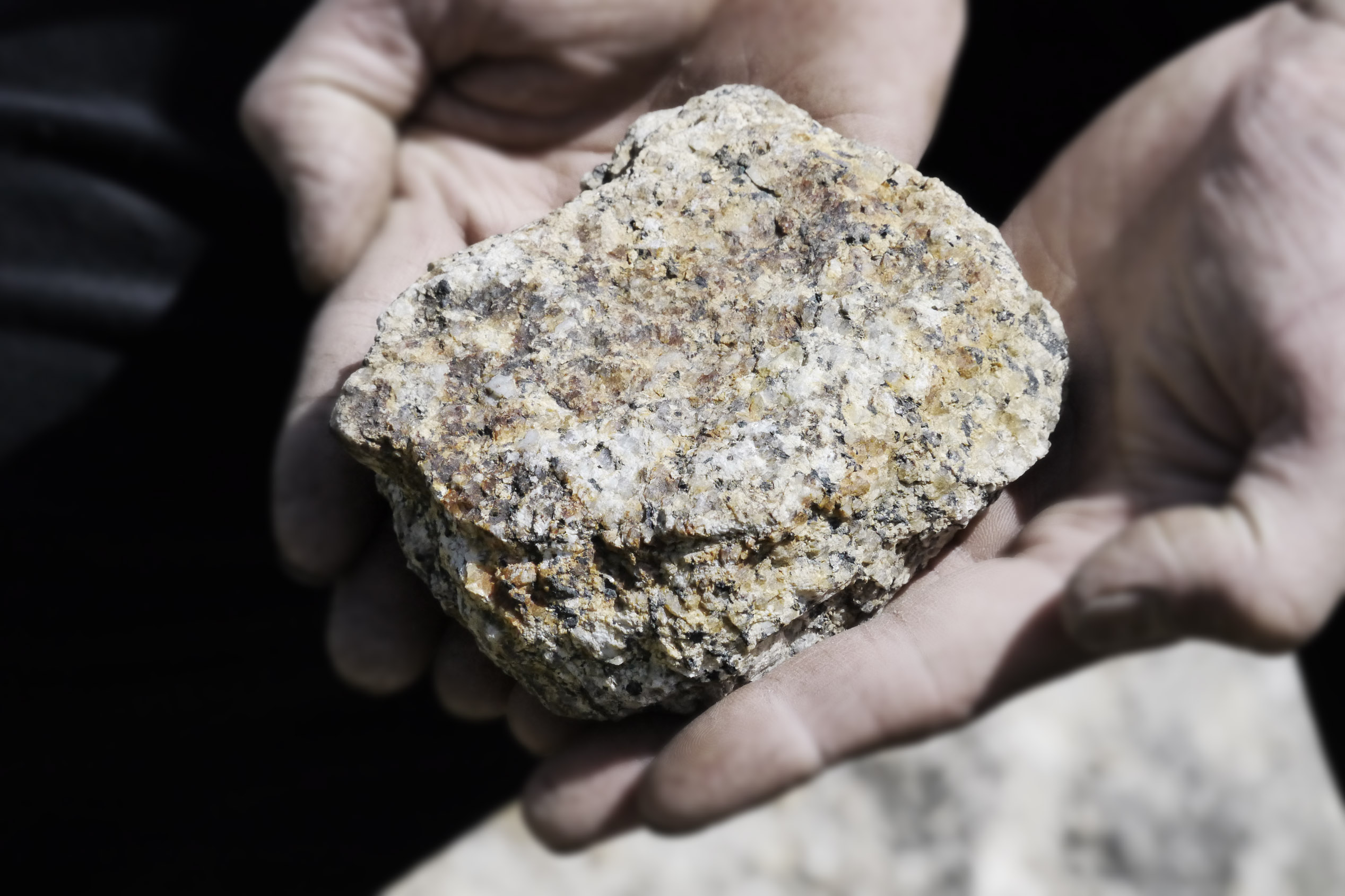
Today we also visit two tea mountains at Suikyo, which are currently built up with Mishou. Last year, the Suikyo team started to newly built Mishou parcels. To have plants that are as similar as possible, 6 to 8 seeds are put into each seed hole. The plants that grow from there are examined phenotypically in a very early stage, and the plant which is most similar to the mother plant – and therefore most similar to the desired variety – is chosen. The other ones are taken from the ground. This way, a parcel is created which is seed-grown, and yet, the plants are largely similar in terms of the timing of the fresh sprouts in spring, the form of the leaves, and the taste. They are more stable than if you had simply planted seedling-grown Sae Midori, for example. The examination of the plants is not easy, so for this purpose Prof. Takeda is coming. He is a specialist for tea plants who breeded the Benifuuki in the 90ies. Just by looking with his naked eye, he can determine which plant is most similar to the target variety – in the tea mountain which we visited it is the Benihikari, a variety well-suited for black tea – that means, which plant carries lots of characteristics of the mother plant.